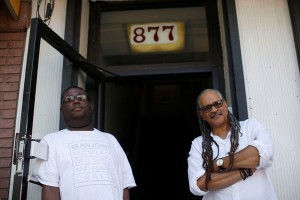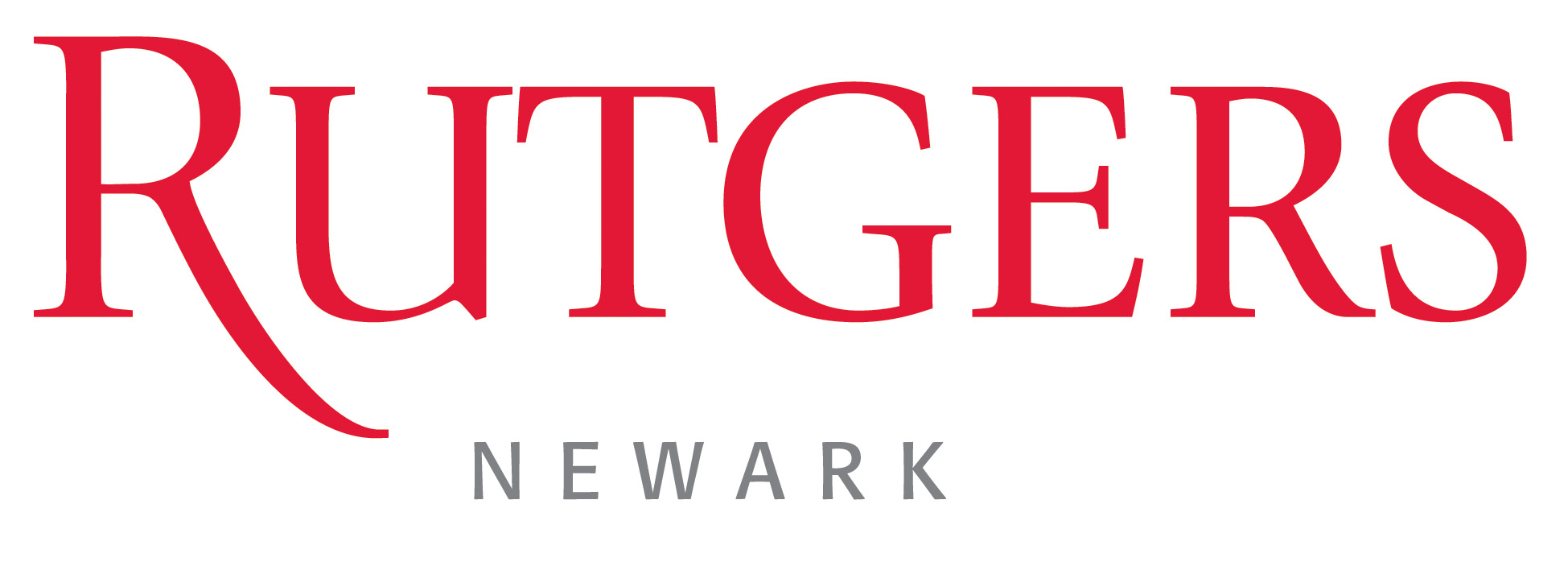This week officially marks twelve years of service from the African American Office of Gay Concerns (AAOGC) to the LGBTQ community in Newark, NJ. The office, which opened it’s doors on March 15, 2002, has become a fixture in downtown Newark, perched above the purple awning of Elegant Eyes, at the corner of Broad and William Street. And I suppose, so have I. Being the executive director all these years, I now have neighborhood street cred. I’m that condom-guy. I’m that dreads-guy. I’m the guy who runs that “gay” place. I’m the guy who drives the Jeep.
For twelve years, I’m been hitting the streets of Newark, handing out condoms, movie passes and McDonald’s gift-cards, offering free HIV Rapid tests and safer sex kits. With staff in tow, we’ve recruited Black and Latino gay and SGL men and male-to-female transgender women of color to attend Many Men Many Voices (3MV) and SISTA-T — behavioral change interventions — to keep down the transmission of HIV. That’s our job. That’s what we get paid for. But more important, we offer a safe space for those who otherwise would not have a place to go. We’re not a drop-in center–there are agencies who get paid to do that. But we are a place where you can drop on in at any time, with or without an agenda, and just hang. Or make some condom kits–earn a couple of bus tickets.
What has happened in the twelve years that we’ve been here is that the AAOGC become entrenched into the community. We’re not the new guys anymore. In fact, I’ve been referred to as an “old-ass man” a couple of times by these young whippersnappers, and it doesn’t faze me. Hell, I am and old-ass man. But I came onto the scene with my own agenda to address HIV and AIDS head-on. I was already part of the battle having worked at GMHC, amfAR and the New Jersey AIDS Education and Training Center (AETC) previously, so this was just different armor. And in 2002, I was not personally nor wholeheartedly understanding of the true nature of what my trans-sisters went through on a daily basis–that survival was more important than an HIV workshop when it came to one’s priorities.
Perhaps my own enthusiasm has waned a bit, but I’m still here. I did not create the agency to operate in a vacuum. I did not seek growth on the backs of others–I’m still in the trenches myself. Ground Zero. But as the needs of the community change, so must those who serve it. Witness the fact that the AAOGC will soon offer Connect: a Couples-level Intervention for Couples at Risk for HIV/STIs. We will also Couples’ HIV Testing and Counseling (CHTC), a service we can offer to couples who are HIV-positive, HIV-negative, or discordant couples, where one partner is positive and the other is negative. This is because the LGBTQ community is constantly changing as well, and as we have moved forward on the marriage-equality front, addressing the needs of couples is vital. We are also developing a response to Intimate Partner Violence (or domestic violence) because it is a needed tool for our arsenal of resources. So even though I have never quite gotten the hang of fundraising, or of having a fully-functional Board of Directors (hint: still looking for members), I am here for the long haul. A lot has been accomplished here over the last decade or so, including the Status Is Everything testing campaign, the creation of our annual transgender all-day symposium, MASCARA, and being a community representatives on various LGBTQ advisory boards, commissions and HIV planning groups. Our mission has yet to be completed, so I’m not allowed to retire yet. But I am reminded every single day by the voices of those who have been stilled, those young men who I used to call friends who are no longer here with me, who died early on in the epidemic, and who cannot help to celebrate these last twelve years. I can only hope that those whose lives I now touch will still be around in the next twelve.








Off